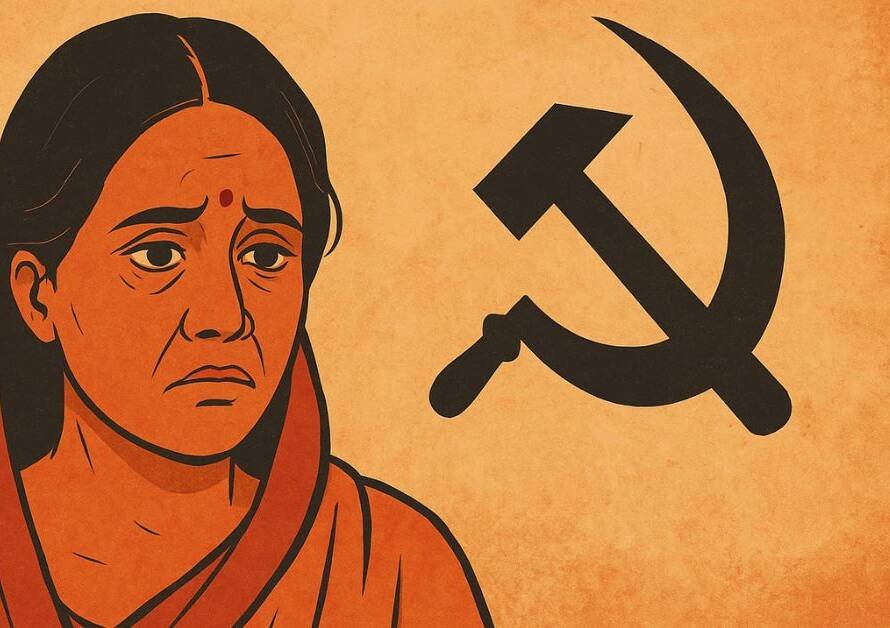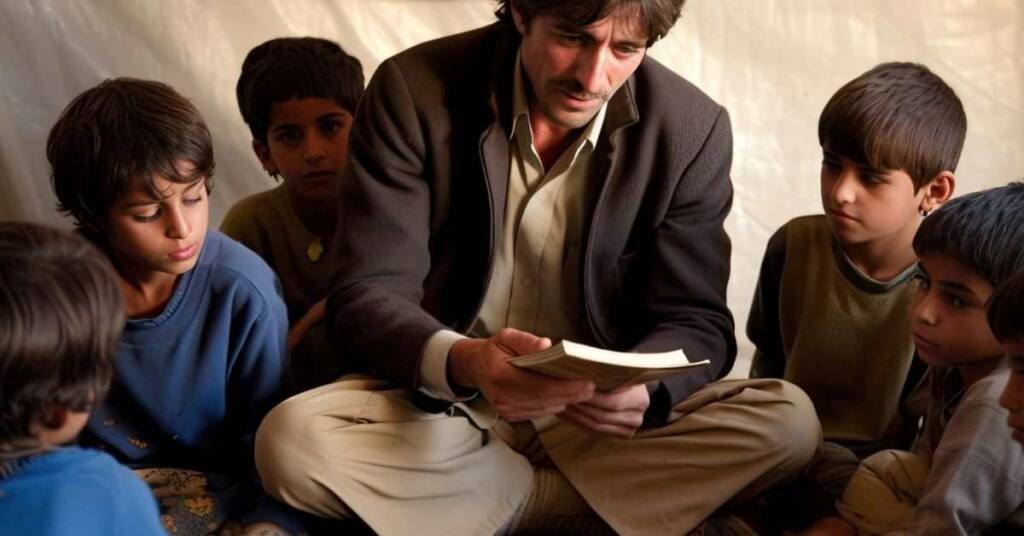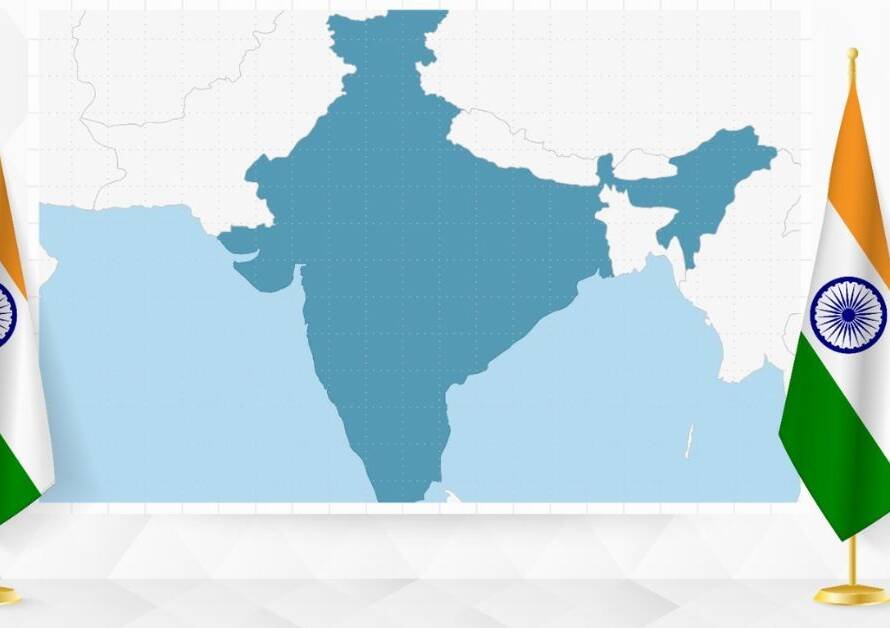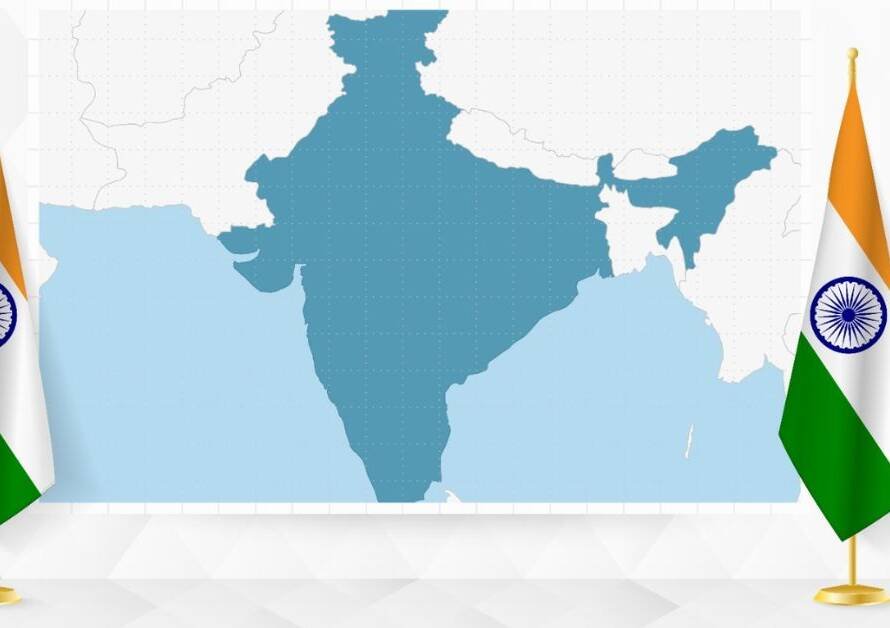Islamic and Christian influences in India, through centuries of history, have been complex, with both positive and negative impacts on Indian culture and education. Here’s an exploration of key criticisms often raised regarding how these influences are seen as damaging to aspects of traditional Indian culture and education, along with some of the nuanced historical context.
Impact of Islamic Rule on Indian Culture and Education
Destruction of Temples and Cultural Sites: During certain periods of Islamic rule in India, some rulers, particularly from the Ghaznavid, Ghurid, and later Mughal dynasties, demolished Hindu temples and cultural landmarks. Rulers like Mahmud of Ghazni, Muhammad Ghori, and Aurangzeb are frequently cited for destroying temples and instituting policies that sometimes undermined Hindu practices. These actions are often viewed as an assault on India’s cultural heritage and religious practices, leading to significant loss of architectural, artistic, and spiritual heritage.
Introduction of Foreign Cultural Practices: The Mughal Empire, for instance, brought Persian influences, from language and literature to architectural styles, which mixed with local traditions to create Indo-Islamic culture. While this led to some cultural enrichment (such as Urdu poetry, architecture like the Taj Mahal, etc.), critics argue it also displaced certain indigenous practices and arts, diluting traditional Hindu and regional customs.
Changes in the Education System: Islamic rulers often promoted madrasa-based education focused on Islamic studies and Persian culture. Traditional centers of learning that taught subjects like Sanskrit, astronomy, mathematics, and Indian philosophy sometimes faced neglect, reducing the emphasis on India’s rich ancient educational traditions. Madrasas became prominent, but they focused more on religious studies, which critics argue narrowed the intellectual base compared to the diverse curriculum previously taught in Indian gurukuls.
Suppression of Local Languages and Scriptures: Sanskrit and other regional languages lost prominence under some Islamic rulers, who promoted Persian as the language of administration. This led to a gradual decline in the use of Sanskrit in courts and administration, limiting the influence of Hindu philosophy, literature, and sciences among the elite and in governance.
Impact of British Christian Missionaries and Colonial Rule on Culture and Education
Westernisation of the Education System: The British colonial administration significantly restructured India’s educational system. Under Lord Macaulay’s vision, the traditional gurukul and pathshala systems, which focused on holistic development, Indian philosophy, and Sanskrit-based sciences, were replaced by Western-style schooling. This new system emphasized English as the medium of instruction and largely ignored India’s rich classical knowledge, shifting focus to European history, literature, and sciences.
Undermining of Indian Knowledge Systems: Indian sciences, such as Ayurveda, astronomy, and mathematics, were de-emphasized or disregarded in favor of Western medicine, the European scientific method, and Christian theological studies. This led to a decline in traditional knowledge and practices, which many Indians still view as crucial aspects of their cultural identity.
Missionary Activities and Conversion Efforts: Christian missionaries were active in India throughout the colonial period, establishing schools, hospitals, and other institutions. While they did contribute positively to healthcare and literacy in some areas, they often promoted conversion and portrayed Hindu customs as “superstitious” or “primitive.” Critics argue this led to cultural alienation for many Indians, particularly in tribal areas where conversion efforts were focused. This criticism remains relevant today, with some people seeing missionary activities as a form of cultural intrusion that undermines indigenous beliefs and customs.
Bias Against Hindu and Indigenous Traditions: The British and missionary-led educational system often portrayed Hindu texts and practices in a negative light, leading to an internalized bias among educated Indians of the time. Many early Indian intellectuals educated in British schools grew alienated from their own traditions, resulting in a preference for Western modes of thought and governance over traditional Indian philosophies.
Long-Term Cultural Impacts on Indian Society
Loss of Traditional Institutions: The centuries-long Islamic and British rule impacted traditional institutions that were the backbone of Indian society, such as the village panchayats, temples, and local educational centers. Islamic invasions disrupted regional governance, while British policies further centralized power, leading to the loss of community-led governance systems that had previously nurtured India’s cultural continuity.
Imbalance in Religious and Cultural Representation: The British encouraged divisive policies that categorized Indians by religion, reinforcing separate Hindu and Muslim identities through policies like separate electorates. This division later contributed to tensions that culminated in the partition of India in 1947 and ongoing communal friction.
Creation of Cultural Inferiority Complex: Both the Islamic and British rulers often portrayed indigenous Indian traditions as inferior. The British especially promoted the idea of the “White Man’s Burden” and emphasized that Indian society needed to be “civilized” through Christianity and Western culture. This led to an inferiority complex within sections of Indian society and a departure from traditional values, which critics argue still affects Indian culture today.
Ongoing Cultural Tensions and Education Debates
Religious Conversions and Social Tensions: Missionary activity has led to the conversion of Hindus, particularly in tribal areas, and sometimes in ways that locals view as coercive or exploitative. This continues to cause friction in regions where traditional cultural practices are deeply valued and where converted communities may shift to different cultural norms.
Debate Over Educational Content and National Identity: In modern India, there is an ongoing debate about the representation of Indian history and culture in school curricula. Critics argue that the current educational content often downplays the significance of Hindu achievements while over-emphasizing Islamic and British contributions, creating a skewed view of Indian heritage. Efforts to reintroduce aspects of Indian philosophy, traditional sciences, and historical achievements in school curricula remain contentious.
Loss of Spiritual and Philosophical Foundations
Shift Away from Indian Spirituality: With the decline of gurukul education and the influence of Western education, many Indian students lost access to spiritual teachings rooted in texts like the Vedas, Upanishads, and the Bhagavad Gita. This shift has been linked to a more materialistic outlook, with less emphasis on dharma (duty), karma (action), and moksha (liberation) as guiding principles in life, which are central to Sanatan Dharma.
Reduced Transmission of Traditional Knowledge: The marginalization of traditional Indian knowledge systems and the imposition of Western values has affected the way Indians see their own heritage. Practices like yoga, meditation, and Ayurveda have only recently gained global recognition but are sometimes valued less in India than in Western countries that adopted them.
Conclusion
The historical impact of Islamic and British Christian influences on Indian culture and education is undeniably complex. While these influences did contribute to cultural exchange and innovations, the loss of traditional Indian knowledge, cultural identity, and spiritual practices has had enduring effects. Understanding this nuanced history can help promote a balanced approach that recognizes the value of indigenous traditions and strives to reintegrate them into modern Indian society, education, and cultural consciousness.







